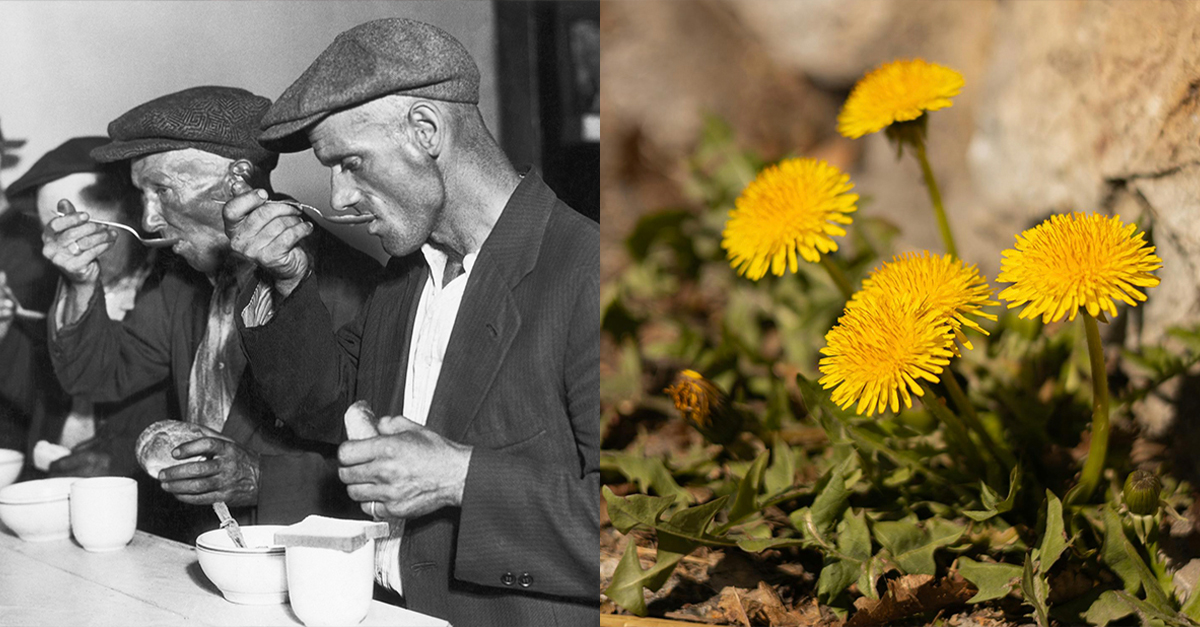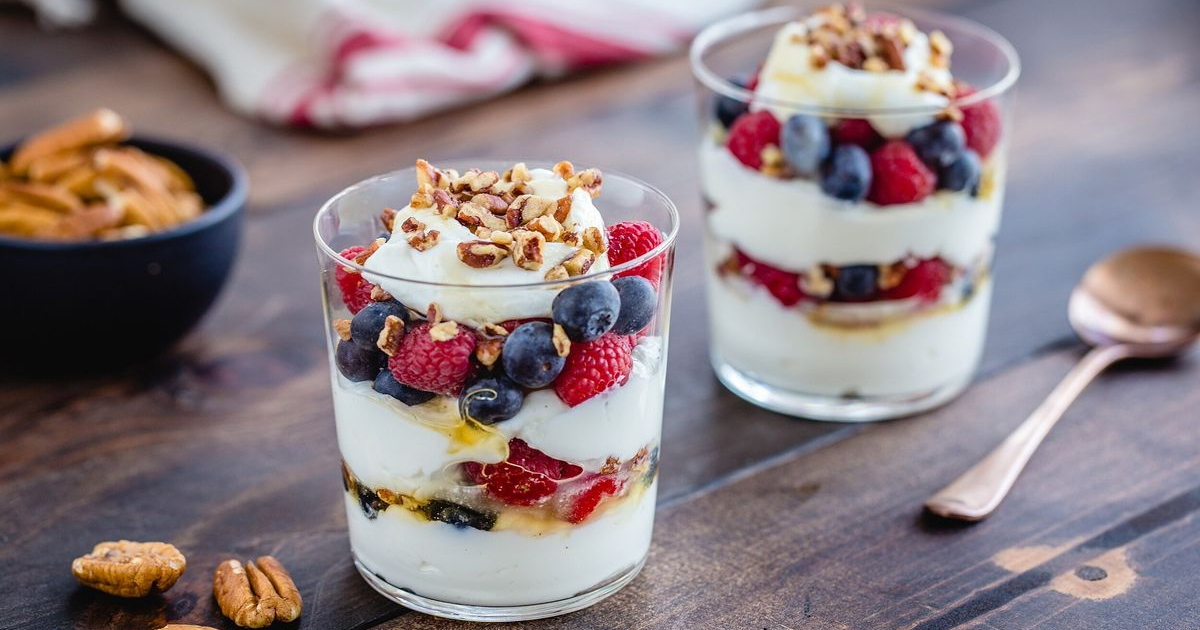When it comes to high-heat cooking like frying, roasting, and sautéing, not all oils are created equal. Choosing the right oil is crucial for safety and flavor. Oils have different smoke points: the temperature at which they begin to smoke and break down. Using an oil with a high smoke point will help prevent burnt flavors and the release of harmful compounds.
What Makes A Good Oil For High Heat
A good oil for high-heat cooking should have a high smoke point, usually above 400°F (204°C). Chemical stability is another key factor; oils that don’t easily oxidize hold up better under heat. The composition of fatty acids is important as well. Oils high in saturated and monounsaturated fats tend to be more stable than oils rich in polyunsaturated fats.
 SIAU 387 Wsoamllpai, Wikimedia Commons
SIAU 387 Wsoamllpai, Wikimedia Commons
Avocado Oil: A Top Choice
Avocado oil is a great option for high-heat cooking, with a smoke point around 520°F (271°C). It’s high in monounsaturated fats, making it very stable under heat. Its taste is mild enough that it won’t affect your dishes. These features make avocado oil your best bet for everything from stir-fries to searing meat.
Refined Coconut Oil: Naturally Heat-Stable
Refined coconut oil has a smoke point of around 450°F (232°C). Its high saturated fat content makes it highly resistant to heat-induced breakdown. Unlike virgin coconut oil, refined versions have a milder flavor, making them better for various recipes. Coconut oil is especially good for stir-frying, sautéing, and baking.
Light Olive Oil: A Misunderstood Option
While extra virgin olive oil has a lower smoke point, light or refined olive oil can handle higher temperatures, with smoke points ranging from 465°F to 470°F (240°C to 243°C). It retains some of the beneficial monounsaturated fats while having a more neutral taste, making it suitable for frying and roasting without compromising health benefits.
Grapeseed Oil: Reversing The Trend
Grapeseed oil is another good option for high-temperature cooking. Grapeseed oils have a smoke point between 420°F to 510°F (215°C to 265°C) depending on their purity. Unlike the other high-temperature cooking oils on our list, grapeseed oil is fairly high in polyunsaturated fats.
Peanut Oil: Great For Frying
Peanut oil is a popular choice for deep frying due to its smoke point of around 450°F (232°C). It has a slightly nutty flavor that complements lots of different fried foods without being overpowering. Its high monounsaturated fat content makes it stable at high temperatures.
Ghee: A Clarified Butter Alternative
Ghee, or clarified butter, has a smoke point of about 485°F (252°C). The removal of milk solids makes it more heat-stable than regular butter. Ghee gives a rich, buttery flavor to dishes and offers excellent performance in high-heat cooking applications like searing and frying.
Oils To Avoid For High Heat
Oils high in polyunsaturated fats, like flaxseed oil, walnut oil, and unrefined vegetable oils, have low smoke points and are prone to oxidation. These oils are more suitable for salad dressings or drizzling over finished dishes rather than high-temperature cooking.
Conclusion
Picking the right oil for high-heat cooking ensures both flavor and safety. Avocado oil, refined coconut oil, light olive oil, grapeseed oil, peanut oil, and ghee are all excellent options. Each brings benefits of its own, so choose one that’s right for the cooking method and flavor profile you’re looking for. With the proper oil, your high-heat dishes will be the best of both worlds: delicious and good for you as well!
You May Also Like:
Simple Tips And Tricks To Keep Your Kitchen Clean
35 Unbelievable Food Hacks That Will Change Your Life









